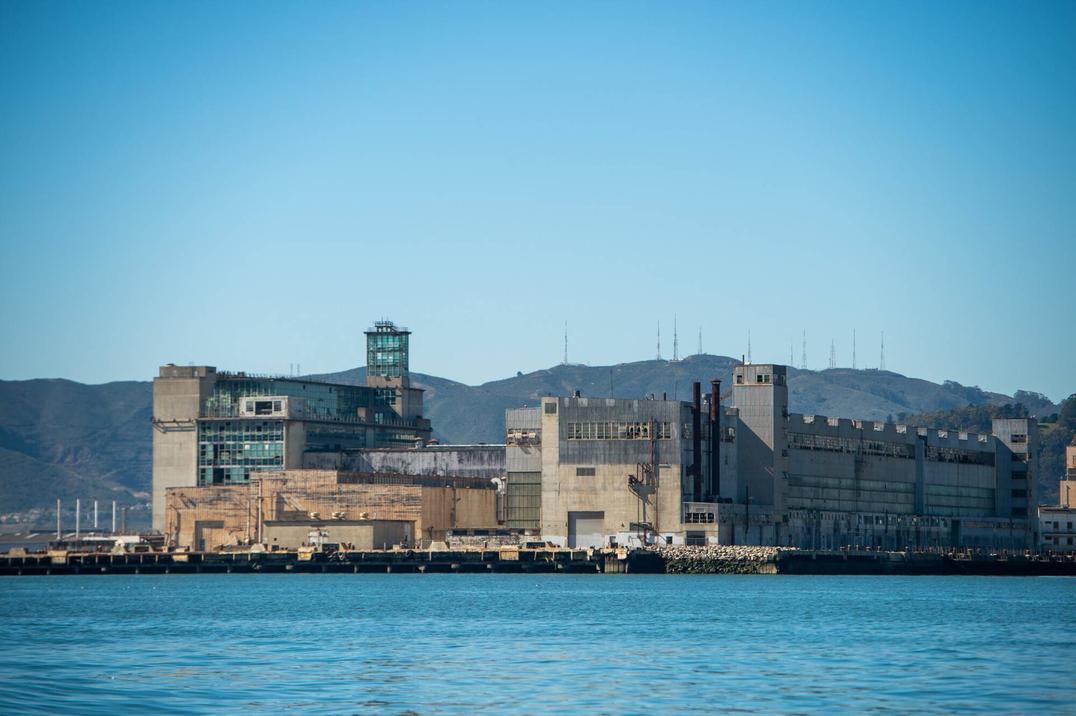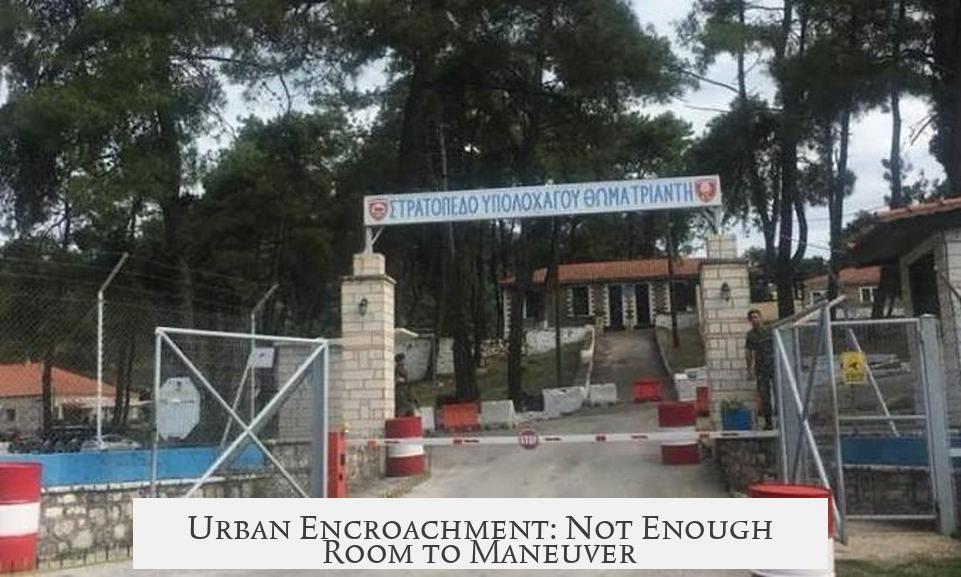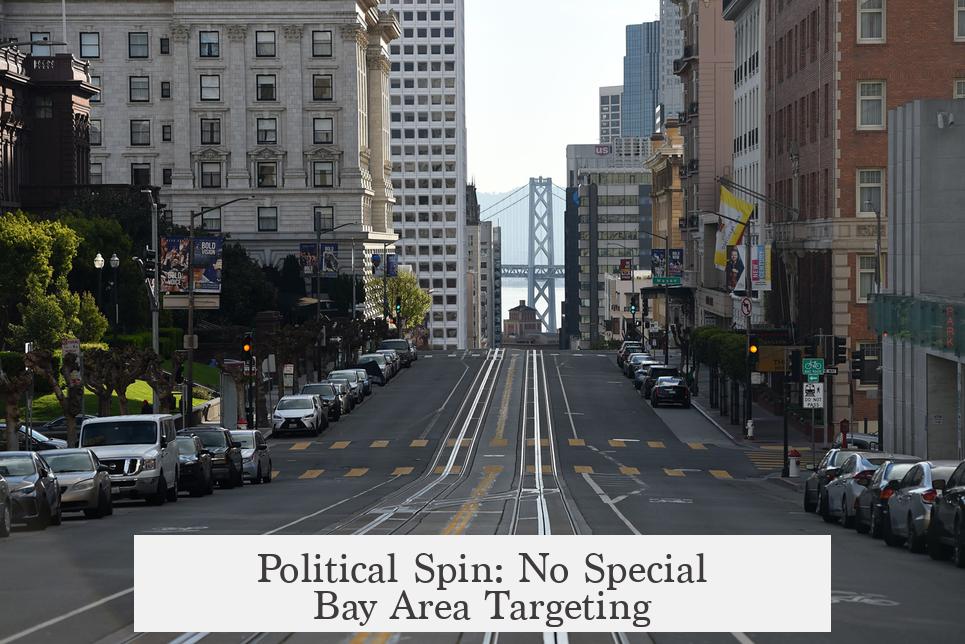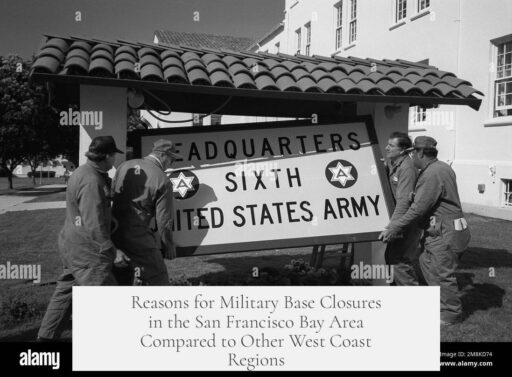The San Francisco Bay Area experienced more military installation closures than other West Coast regions primarily due to several interrelated factors: aging facilities, high operating costs, environmental concerns, and strategic military realignment driven by the Base Realignment and Closure (BRAC) process.
Military downsizing aimed to reduce costs and consolidate forces. BRAC, a congressionally mandated process, reviewed bases nationwide to decide which to close or realign. The San Francisco Bay Area’s older bases were particularly vulnerable in this review.
Many Bay Area installations suffered from age and obsolescence. Facilities like Hunters Point, Mare Island, and Alameda Naval Air Station required expensive upgrades. These installations were often hemmed in by dense civilian development. Such urban proximity limited expansion and made operational logistics more difficult and costly than at more isolated bases.
Environmental pollution further influenced closures. Several Bay Area sites were heavily polluted due to industrial military activity, imposing costly cleanup obligations and complicating continued operations. This factor contrasted with newer or less contaminated bases elsewhere along the West Coast.
Strategically, the Bay Area’s excellent natural harbor remains historically important. The harbor’s size and central location between San Diego and Vancouver positioned it as a key naval hub—especially during the early 20th century and World War II. However, over time, the Pacific fleet’s focus shifted primarily to San Diego and also Seattle, densifying military presence where modern infrastructure and expansion opportunities were better.
Politically, closures were not primarily driven by local political disadvantage. Politicians typically work to protect bases in their districts, but no unusual political interference intensified closures in the Bay Area. The decisions mostly reflected operational and strategic evaluations nationwide.
Post-closure, the Bay Area has repurposed many former military installations. Some became sites for housing development (Hamilton, Mare Island, Treasure Island), commercial use (Presidio, Oakland Army Base), and environmental restoration projects (Skagg’s Island).
| Factor | Impact on Closure |
|---|---|
| Age and Obsolescence | Older bases required costly upgrades |
| Location Constraints | Crowding by civilian development limited expansion |
| Environmental Pollution | Cleanup costs and contamination risks |
| Strategic Redistribution | Pacific fleet centered in San Diego and Seattle |
| Political Influence | No special political factors disadvantaging Bay Area |
- The Bay Area’s older, polluting bases faced high operational costs and redevelopment pressure.
- Replacement military focus moved towards more modern, expandable bases in San Diego and Seattle.
- BRAC’s consolidation aimed to optimize military efficiency across the West Coast.
- Many closed bases have since transitioned to civilian housing, commercial projects, and environmental rehabilitation.
Why Did the San Francisco Bay Area Have So Many Military Installations Closed Compared to Other Areas on the West Coast?

The San Francisco Bay Area saw a higher number of military installations close mainly because many of its bases were old, costly to maintain, polluted, and boxed in by civilian development, making them less practical compared to other West Coast sites. This primary reason ties into military downsizing efforts and strategic decision-making shaped by geography, economics, and history.
Now that we’ve got the short answer out of the way, let’s take a deeper dive into this fascinating topic. The Bay Area’s story isn’t just about military bases shutting their doors; it’s a tale woven with historical significance, political juggling, environmental reckoning, and urban transformation.
The Bigger Picture: Military Downsizing and Base Realignment
Starting with the obvious, the U.S. military went through a major downsizing post-Cold War. Keeping every base open isn’t just unrealistic—it’s expensive.
Congress mandated a formal process called BRAC—Base Realignment and Closure—to figure out which installations would stay and which would go. This process was a balancing act of politics, military strategy, and dollars and cents.
And here’s the catch: the Bay Area had lots of bases, many originally built for World War II or earlier. This abundance meant more tough choices around closures.
Age Matters: Old Bases, Old Problems
One key factor: the age of Bay Area military installations. Many were vintage—think of them as the “grandparents” of military bases. They’d served valiantly through history but had become outdated.
Old buildings need expensive upgrades to stay functional. Sometimes, they linger as relics, costing a fortune in operation and maintenance.
“The Bay Area bases were like that clunker car you keep fixing instead of buying a new one—eventually, it’s just not worth it.”
This contrasts with places like San Diego or Seattle, where newer or more strategically adaptable bases exist.
Urban Encroachment: Not Enough Room to Maneuver

Another overlooked reason is geography and urban sprawl. The Bay Area is a bustling metropolitan hub with dense civilian development wrapping around military sites.
Take a military base hemmed in by housing on one side, offices on the other, and highways everywhere—trying to expand or even operate efficiently becomes a nightmare.
Other West Coast locations tend to be more isolated, offering room to grow and operate without pesky neighbors complaining about noise or environmental hazards.
Pollution Problems: When Bases Become Environmental Nightmares
A significant and lesser-known impact on closures was pollution. Some Bay Area bases, like Hunters Point, Mare Island, and Alameda NAS, were seriously polluted due to decades of military activity.
Cleaning up these toxic sites isn’t simple or cheap. The military had to consider costs not only for operations but also for environmental remediation before the land could be reused or repurposed.
Compared to other bases on the coast, Bay Area sites faced more severe environmental contamination challenges.
Military Fleet Shuffle: Pacific Fleet Finds a New Home
The shifting of the Pacific Fleet also played a role. Over time, much of the Navy’s Pacific operations moved south to San Diego or north to Seattle, which both have more modern, spacious facilities.
San Francisco, while having an excellent natural harbor and a prime geographic position in the middle of the West Coast, slowly lost its military primacy as naval strategy evolved to favor other ports.
Political Spin: No Special Bay Area Targeting

Some might suspect politics played a major role, but the truth is more mundane. Politicians always try to bring federal dollars home, but there was no unique political bias against the Bay Area on closures.
Rather, the Bay Area’s closures aligned with nationwide trends of military base reductions and shifting strategic needs. No special political scapegoating here—just the tough facts of military reform.
A New Lease on Life: Post-Closure Transformations
Here’s the silver lining: closed bases didn’t just vanish into history. Instead, they became engines for growth and renewal in the Bay Area.
- Old military lands like Hamilton, Mare Island, and Treasure Island were converted into new housing projects to help tackle regional housing shortages.
- Former bases like the Presidio found new purpose as commercial zones and parks.
- Environmental restoration initiatives turned polluted, neglected lands into healthier public spaces. Skagg’s Island and mountaintop radar sites are great examples.
It’s like the military’s old gear getting passed down, refurbished, and put to new civic use.
Why Should You Care?
Wondering why this matters beyond local history buffs or military strategists? The Bay Area’s military closures offer key lessons on urban planning, environmental responsibility, and adapting to change.
When decisions about defense meet dense urban life, unexpected consequences arise. And when big federal projects wind down, communities face opportunities and challenges transforming spaces once dominated by the military.
Whether you’re a resident, policymaker, or just curious about Bay Area evolution, this story reveals how military, economic, and environmental forces shape the places we live and work.
To Sum Up
The San Francisco Bay Area’s military closures reflect a mix of aging infrastructure, urban constraints, environmental issues, strategic fleet redeployments, and routine political processes. This uniquely intense mix explains why so many Bay Area bases closed compared to other West Coast regions.
Far from a simple “shutdown,” these closures sparked major transformations. Bay Area communities turned former military lands into housing and business hubs, balancing historical legacy with modern needs.
What’s your take? Could other cities facing military downsizing learn from the Bay Area’s blend of challenges and renewal? Or is this a strictly Californian tale? Feel free to weigh in!



